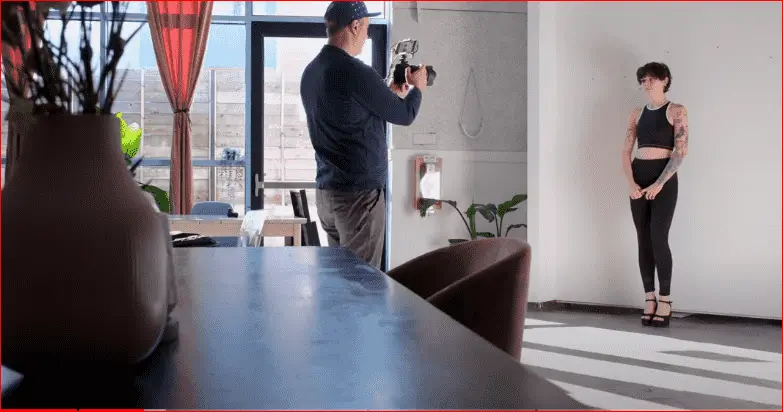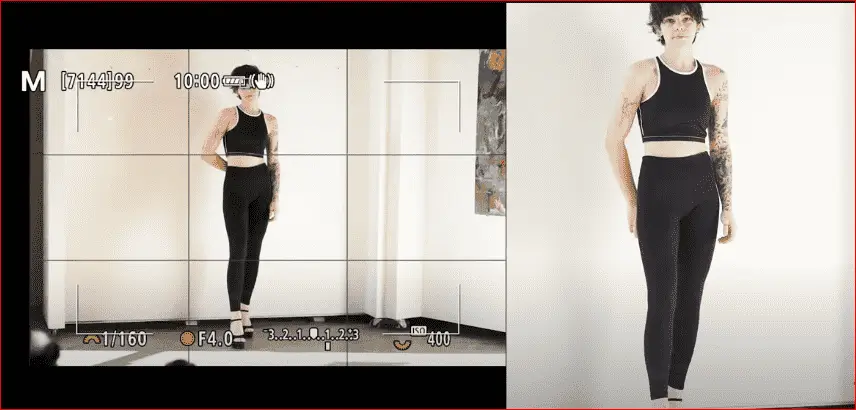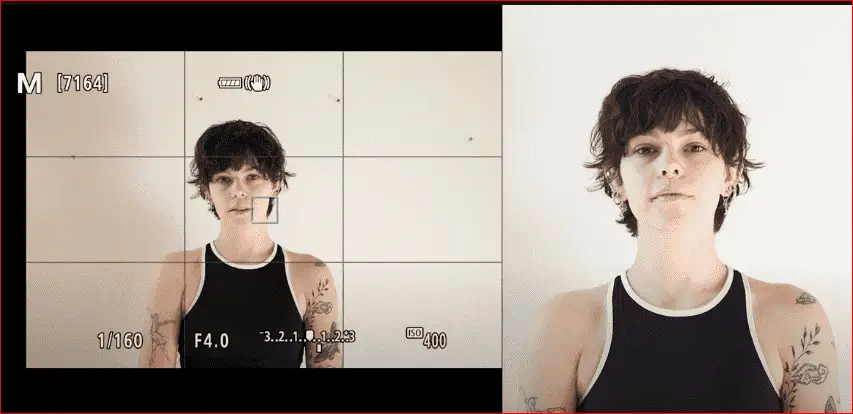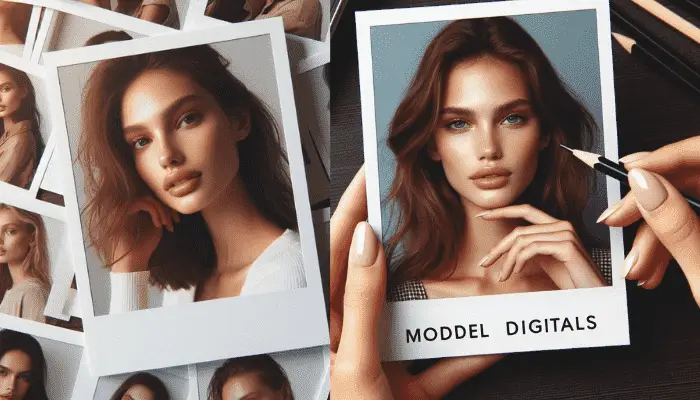you’ve spent hours perfecting your walk, practicing your poses, and you finally land an audition with a top modeling agency.
But, when they ask for recent digitals, all you have are a few awkward selfies with harsh lighting. Does that sound familiar?
If so, you’re not alone. Many aspiring models overlook the importance of strong model digitals. Yet, these simple, unedited snapshots are the key to getting noticed by agencies and clients. Don’t worry, I’m here to help.
In this guide, I’ll teach you everything you need to take professional-looking digitals, how to submit them effectively, and how to keep them updated to land those dream modeling gigs.
IN A NUTSHELL
Model digitals are simple, unretouched photos that show your current look. They’re crucial for getting modeling jobs. For great digitals, use natural light, simple poses, and minimal makeup. Submit your digitals to agencies that match your style, and update them frequently to reflect any changes in your appearance.
Key Takeaways
- Model digitals are natural-looking photos that showcase a model’s current appearance.
- They are essential for securing modeling jobs and updating portfolios.
- Agencies and clients use digitals to assess a model’s suitability for different projects.
- Taking high-quality digitals requires good lighting, simple poses, and minimal makeup.
What Are Model Digitals?
Model digitals, sometimes called “polaroids”, are a staple in the modeling industry. Unlike stylized headshots or editorial work, digitals are simple, unretouched photographs that highlight a model’s natural features and physique. They serve as a way for agencies and clients to assess a model’s current look without distractions.

Why Are Model Digitals Important?
- Essential for Booking Jobs: Casting directors, designers, and clients rely on digitals to make informed decisions about potential models. These raw images give them a realistic idea of how a model looks right now.
- Keeping Portfolios Current: Even established models need to update their digitals regularly. Changes in hair, weight, piercings, tattoos, or overall appearance must be reflected in their digitals.
- Showcasing Versatility: Digitals with different outfits, styling, and poses can help models demonstrate their range and suitability for various projects.
How to Take Great Model Digitals
Taking effective model digitals doesn’t have to be complicated. Here’s what you’ll need and how to go about it:
Equipment and Setting
- Camera: A smartphone camera can work, but a DSLR will yield better-quality images.
- Natural Light: Find a well-lit area near a window or outdoors with soft, diffused light. Avoid harsh direct sunlight.
- Plain Background: A white or neutral-colored wall provides a clean backdrop.
Poses
- Front, Side, Back: Capture full-length shots from the front, both sides, and the back.

- Close-ups: Include a few close-ups of the face from different angles (front, left/right profile).
- Natural and Relaxed: Poses should be simple and not overly stylized. Stand tall with good posture but maintain a relaxed look.

Clothing and Styling
- Form-fitting Basics: Choose a plain tank top or t-shirt that fits well, as well as form-fitting shorts or jeans.
- Neutral Colors: Black, white, or gray are ideal.
- Minimal Makeup: Keep makeup very light to showcase your natural skin. Avoid heavy foundation, lipstick, or eye makeup.
- Barefoot: No shoes necessary.
Tips for Taking High-Quality Digitals
- Experiment with Angles: Take shots at slightly different angles to find the most flattering ones.
- Good Lighting is Key: Natural light is always best. Experiment with different times of day if needed.
- Shoot Efficiently: Have a plan for the poses and outfits to avoid delays.
- Don’t Overthink It: Digitals should look effortless and natural.
Table: Essential Model Digital Poses
| Pose | Description |
|---|---|
| Front, Full-Length | Facing the camera with feet slightly apart and arms relaxed. |
| Side (Left/Right), Full-Length | Facing sideways with one foot slightly in front of the other. |
| Back, Full-Length | Turned away from the camera, back straight, shoulders back. |
| Close-up, Front | Head and shoulders shot, facing the camera. |
| Close-up, Profile (Left/Right) | Head turned sideways, showing the side profile clearly. |
YouTube Videos Guide
Submitting Digitals to Agencies
Once you have a strong set of digitals, it’s time to start sharing them with agencies. Here’s how:
- Research Agencies: Find modeling agencies that represent your look and niche. Check their websites for specific submission guidelines.
- Follow Instructions: Agencies often have particular formats and image size requirements. Adhere to them strictly.
- Email Submissions: Most agencies accept digital submissions via email. Include a brief introduction, your contact information, and attach your digitals.
- Agency Websites: Some agencies have online submission forms directly on their websites.
Different types of modeling agencies
Fashion Agencies: Focus on high-fashion and editorial work. They typically have strict height and measurement requirements.
Commercial Agencies: Represent models for advertising, catalogs, and more relatable campaigns. They have a broader range of looks.
Plus-Size Agencies: Specialize in models with full figures, promoting body diversity in the industry.
Petite Agencies: Represent models who are shorter than standard fashion model height.
Parts Agencies: Focus on models with specific features like hands, feet, or hair for specialized jobs.
Child Modeling Agencies: Represent child models for a variety of projects.
Fitness Agencies: Represent models with athletic builds for fitness campaigns and advertisements.
Updating Your Model Digitals
It’s crucial to update your digitals regularly to reflect any changes in your appearance. Here’s what to keep in mind:
- Frequency: Agencies typically recommend updating digitals every 3-6 months, or sooner if there are major changes.
- Hair Changes: Did you cut your hair, change your color, or add highlights? Update your digitals.
- Weight Fluctuations: Significant changes in weight should be reflected in new digitals.
- New Tattoos or Piercings: Showcase these additions in your updated photos.
Table: Factors Requiring New Model Digitals
| Factor | Description |
|---|---|
| Haircut or Color Change | Any alteration in hair length, style, or color. |
| Weight Gain or Loss | Significant changes in body composition. |
| Tattoos | New tattoos, especially if visible. |
| Piercings | New facial or body piercings. |
| Skin Conditions | Changes in skin complexion, acne, etc. |
Additional Tips for Taking Strong Digitals
- Practice Poses: Get comfortable with the standard poses in front of a mirror before your digital shoot.
- Enlist Help: Ask a friend or relative to take your photos to free you up to focus on posing.
- Review as You Go : Check the photos after a few shots to ensure proper lighting and framing.
- Be Confident: Your positive energy and self-assurance will translate into the photos
Frequently Asked Questions (FAQs)
Can I use my phone to take digitals?
Yes! Modern phone cameras can take good-quality digitals if you have natural light and a plain background.
What are model digitals used for?
Model digitals are used by agencies and clients to assess a model’s current appearance without any styling or editing. They are essential for getting bookings and keeping portfolios updated.
What do you wear to model digitals?
For digitals, wear form-fitting basics in neutral colors (e.g., black, gray, or white). A simple tank top or t-shirt and jeans or shorts work well. Avoid bold patterns or distracting accessories.
Can you smile in model digitals?
While a slight smile is acceptable, it’s generally best to keep your expression neutral for model digitals. This allows agencies and clients to focus on your features and potential without distraction.
How often should I update my digitals?
Most agencies recommend every 3-6 months or whenever there are noticeable changes in your appearance.
Do I need professional makeup for digitals?
No. Digitals should showcase your natural features, so minimal makeup is best. Keep it very light and natural.
What if I don’t like how I look in my digitals?
Remember, digitals are about showcasing your current look. If you want to improve an aspect of your appearance, focus on that going forward, and update your digitals once you’ve made progress.

1 thought on “Unlock Your Modeling Career: The Full Guide to Model Digitals”